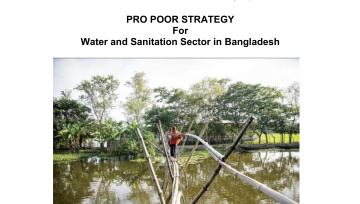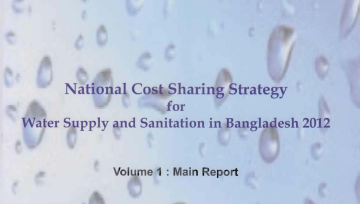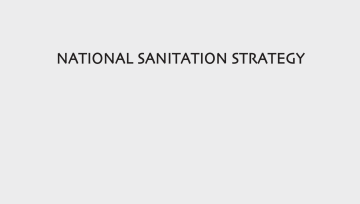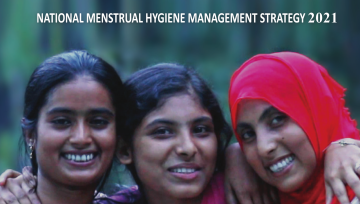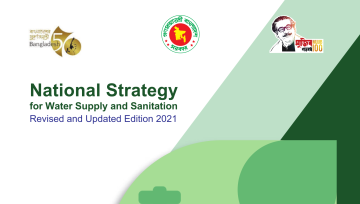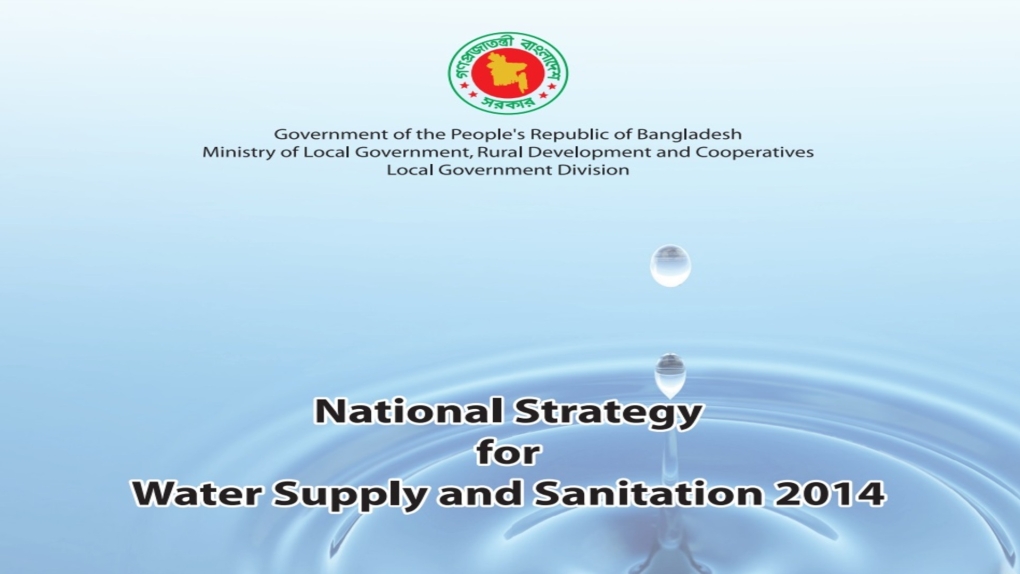
National Strategy for Water Supply and Sanitation 2014

Approval Date: December 2014
In water supply, the quality of drinking water is undermined by safety issues. About 20 million people are currently exposed to water having arsenic contamination. In sanitation, while only 3% of the population defecates in the open, more than half of the latrines used in Bangladesh are unsanitary in design, operation, or maintenance (JMP 2014). In hygiene, while general awareness is high, only 30% of people wash their hands with soap or ash and water after defecating. The Government of Bangladesh's long-term Perspective Plan (2010-21) attaches a high priority on ensuring access to drinking water, sanitation, and good hygiene practices for all. The goal of this National Strategy for Water Supply and Sanitation 2014 is safe and sustainable water supply, sanitation, and hygiene services for all, leading to better health and well-being. The main objective of this strategy is to provide a uniform strategic guideline to the sector stakeholders, including the government institutions, private sector, and NGOs, for achieving the sector goal. To achieve the sector goal, and follow the guiding principles, a set of 17 strategies has been formulated. The strategies are broadly grouped into the following three themes: wash interventions, emerging challenges, and sector governance.

